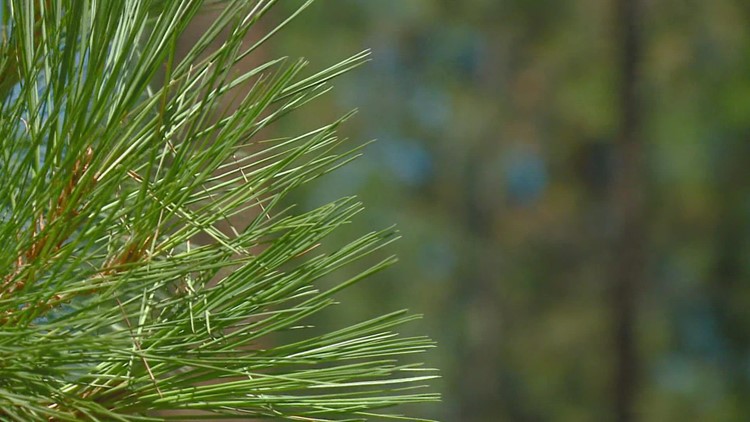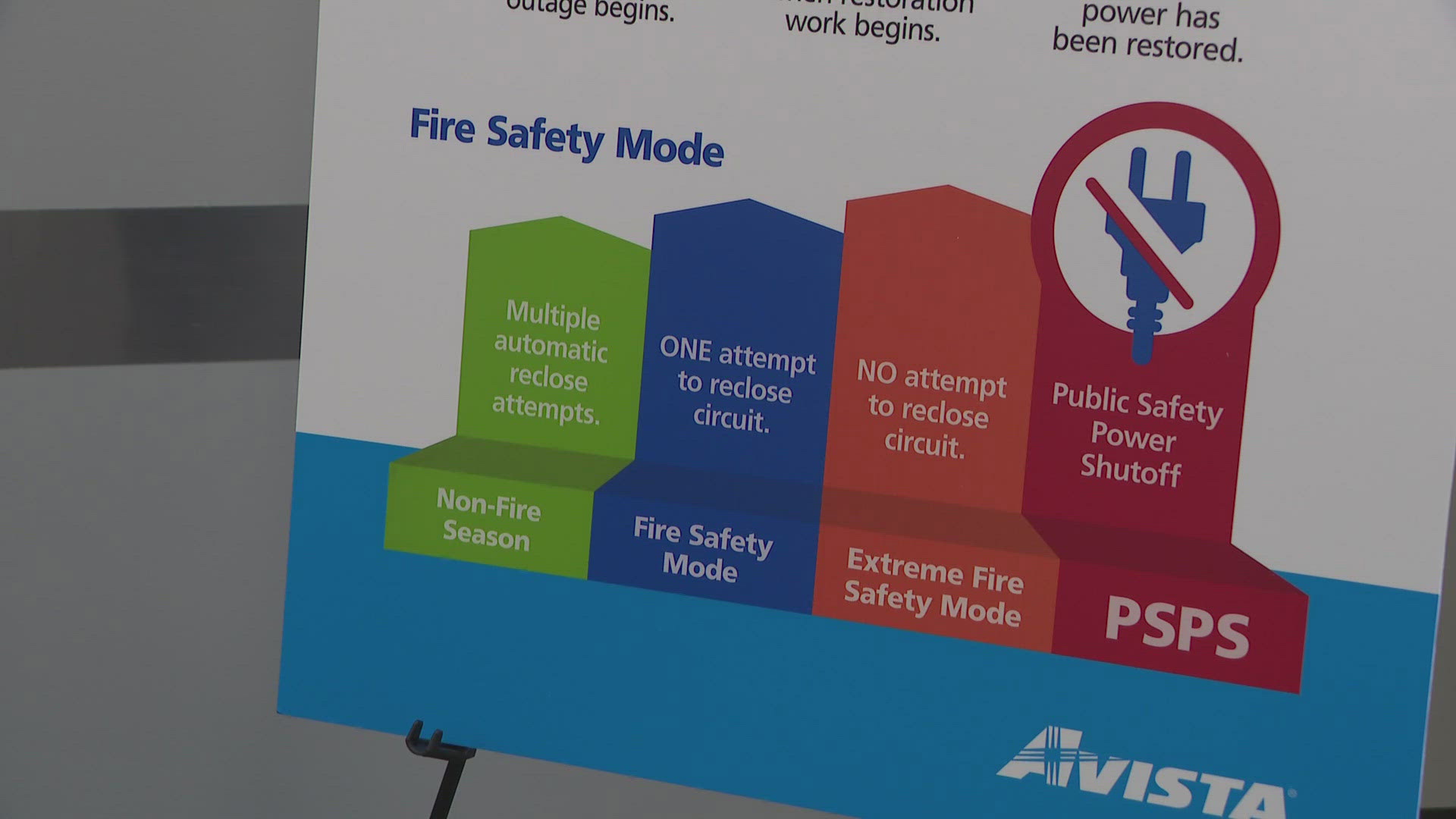SPOKANE, Wash. — As we head into the hottest, driest stretch of summer, wildfires remain top of mind across much of the western U.S.
Last year, wildfire season started early and aggressively thanks to ongoing droughts and very hot temperatures. In fact, the state of Washington saw more wildfires by the end of April 2021 than it has seen so far in 2022.
Our cool, wet start to the year played a big role in delaying the start of our fire season. The increased atmospheric moisture and cooler temperatures kept vegetation from drying out and becoming fire fuel. But as hot dry days return, that will change.
Despite our cool wet spring, wildfire season is still forecast to be near normal. Wildfires are normal for the Inland Northwest. What isn't normal are the extended fire seasons and mega fires of recent years.
Washington currently sits at about a third of normal in terms of normal. The forecast is still to be near normal in the coming months. One reasons is, as all of the long grass that flourished during those wet cool months dries out, it becomes fine fuel for fires. And because of that wet spring and start to summer, there is more of it to burn this year.
The Northwest has all different types of wildfire fuel from grasses to thick, lush, dense forest with a whole bunch of undergrowth. As the undergrowth dries out, the threat of small fires grows. If the undergrowth starts on fire, it can spread up into trees, trees burn longer and hotter than any of the grass around it would creating a different type of wildfire to battle.
Healthy forests around the region have plenty of space between all of the trees and the underbrush typically isn't overgrown. So, that means if a fire comes through it might not go up into the trees. The greatest problem in some of these forests is the deadfall from some of our recent wind storms. It adds more low-level, hot-burning fuel to some of the potential fires.
Not only has the moisture from early this year played a big role in underbrush, it's also playing a role in a lot of the trees. Last year drought caused the trees to dry out and become more fire prone, but this year, the increased moisture is in he trees across the Inland Northwest. That means it will be more difficult for giant, fast-spreading forest fires take hold.
The fuel in the forests is back to near normal or even a little wetter than what can be considered normal. Grass, however, will continue to dry out. As that happens the abundance of growth this spring and early summer becomes an abundance of fuel.
One of the single greatest factors when it comes to wildfire spread is wind. Wind provides oxygen for the fire, and it can help the fire cover a great distance. That fire will move much faster and become much less controlled. Meteorologists work diligently around the clock to make sure the wind forecast is accurate, this time of year that can help asses fire risk and threats of ongoing fires.
Almost all of the wildfires here in the Northwest are started by people. That's why it's our job to pay very close attention to what's going on in the world around us. Follow the burn bands, watch the forecast. See if there's any dry windy days and pay attention to red flag warnings or high fire danger. That way, together we can minimize wildfires and wildfire damage across the region.
DOWNLOAD THE KREM SMARTPHONE APP
DOWNLOAD FOR IPHONE HERE | DOWNLOAD FOR ANDROID HERE
HOW TO ADD THE KREM+ APP TO YOUR STREAMING DEVICE
ROKU: add the channel from the ROKU store or by searching for KREM in the Channel Store.
Fire TV: search for "KREM" to find the free app to add to your account. Another option for Fire TV is to have the app delivered directly to your Fire TV through Amazon.
To report a typo or grammatical error, please email webspokane@krem.com.



